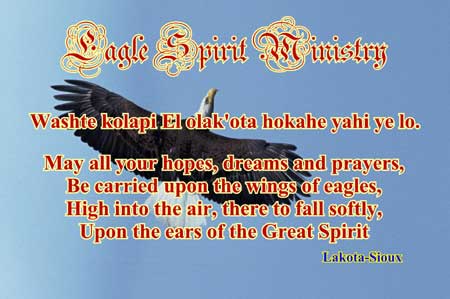







'Talking Leaves' as the symbols of Sequoia's Cherokee alphabet were called.
The end of the year has always been a time of reflection.
To the Indian, it was the time of the Winter Count, a calendar of the year's most important events. Pictographs were drawn on a stretched deer or buffalo hide. Some were drawn in horizontal lines, some in a wandering fashion, while others worked out from the center in a spiral.

There was one tribe however, that eventually had their own newspaper to read. That tribe was the Cherokee. A tribal silversmith named Sequoia or Sequoya (1770-1843) was a thinking man. He had seen how the white man could read and write and was determined to make this good medicine for his own people.
Using his own time and intelligence, he formed a Cherokee alphabet, making a symbol for every sound in the Cherokee language. It wasn't easy, and took months in the making. His wife, annoyed at the long hours he spent alone, working on his alphabet, dogged him constantly. At one time she even used fire, to turn him away from his work. His friends made fun of him, but nothing deterred him. He was a man with a mission, as if he had been told in a vision that this was something the spirits had said he must do.
Eventually, his work was complete. This brilliant man did what no one else has ever done. He created a language all by himself. Considered one of the Five Civilized Tribes (Cherokee, Chickasaw, Creek, Choctaw and Seminole), the astute Cherokee people were quick to realize what Sequoia had done for them. They quickly learned to both read and write. Soon to follow, was the first Indian newspaper called The Phoenix. A "winter count" would no longer be necessary. Sequoia had completed his mission. It is no small wonder that the majestic, giant redwood trees of California honor him by bearing his name.
| Basic Words in Cherokee |
| The Official Cherokee Font |

Sadly, the more accomplished the Cherokee became, the more bold became the plots by the white plantation owners, to get rid of them.
Southern states, beginning with Georgia, tried to force the Cherokee off their own land, even to passing illegal state laws that forbid Indians to own property. Nothing worked, until President Andrew Jackson got into the picture.
Jackson had long wanted to remove 'all Indians' west of the Mississippi. He finally steamrollered his Indian Removal Act of 1830 through congress. The Cherokee appealed to the Supreme Court, and won, but Jackson blatantly ignored the Court's verdict.

One day, without warning, the Army suddenly stormed across the Cherokee lands, destroying everything in their path. Some escaped into the mountains and they are the ancestors of the Eastern Cherokee today. Those who survived the carnage were rounded up and imprisoned until it was decided where they would be relocated. Land west of the Mississippi that was considered uninhabitable by the whites was chosen (roughly, Oklahoma).
In the spring of 1838 the first part of the 800 mile walk began. The second half took place in the fall and winter of the same year. Battling unbelievable conditions, between a quarter and a half of the People never made it, especially the elderly and the very young. Many starved, because the Army kept much of the food for themselves. Others died from sickness, because there was no care. Still others died from the cold, and the sheer pain of making such a long journey on foot.

|
Using Sequoia's alphabet, the Cherokee people call the walk "Nunna Daul Tsunyi" -The Trail of Tears. The blowing winds will never wipe out this shame. Grandmother Two Bears. |

This story and many mores stories are now available in the new book The Story Teller by Grandmother Two Bears. To order the Grandmother Two Bears book, use the following button.
| Order The Story Teller |





| Previous | Sky Voices | Next |
| Navigation & Site Map | What's New & Updated |